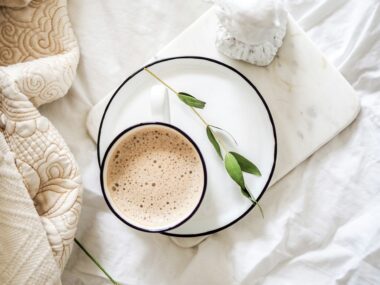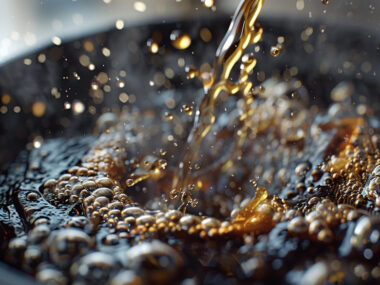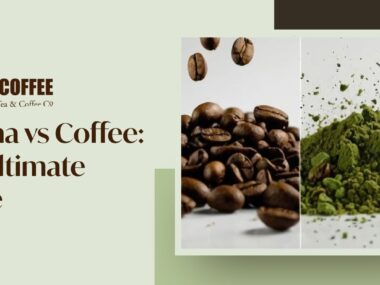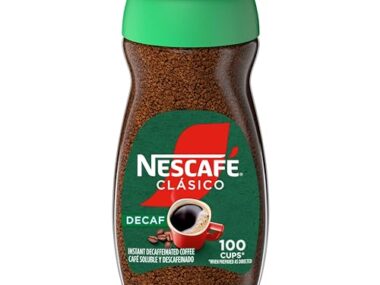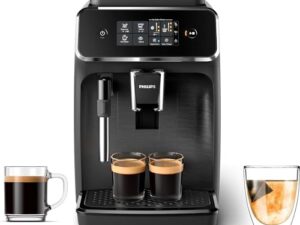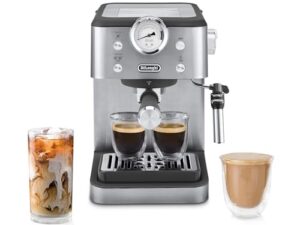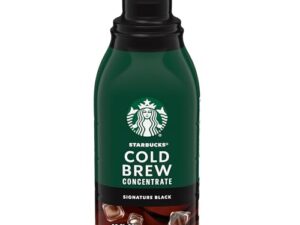If you love pour over coffee, you know how much the grind size can change your cup. But what is the best grind for pour over coffee?
Getting this right can unlock richer flavors and a smoother finish. You might have tried different grinds and felt something was off—maybe your coffee tasted bitter or weak. The secret lies in the grind size. You’ll discover exactly which grind works best for your pour over and why it matters so much.
Keep reading to brew your perfect cup every single time.
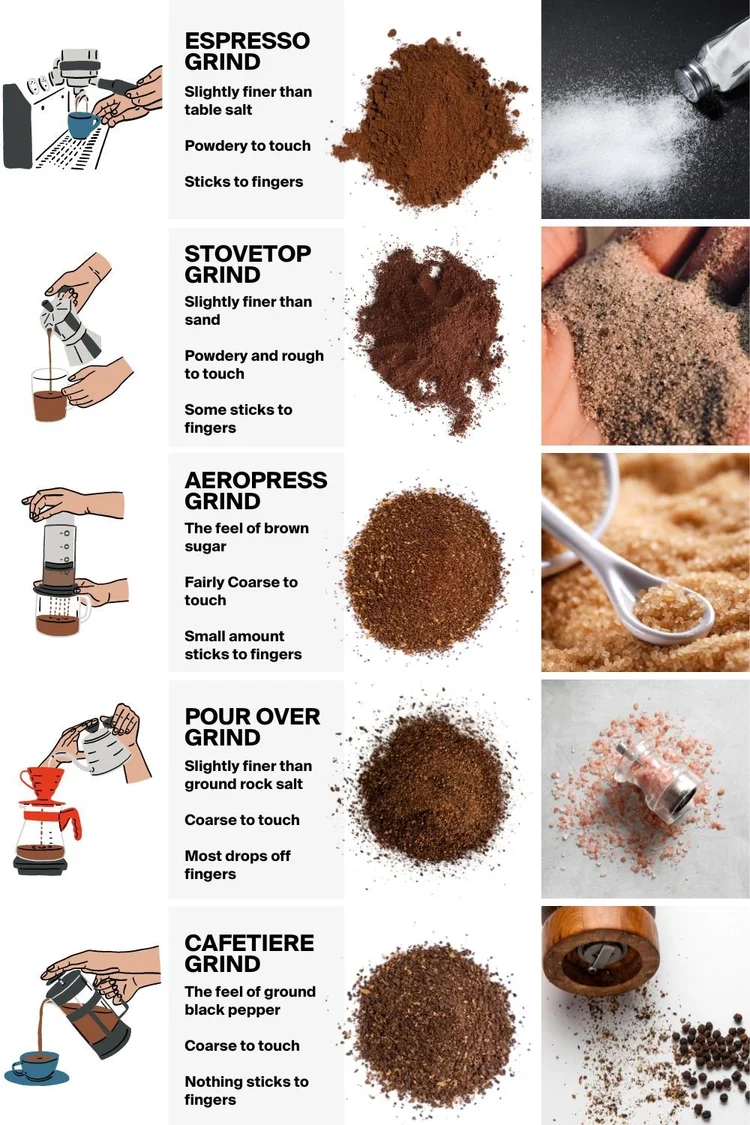
Credit: pesado585.com
Pour Over Basics
Pour over coffee is a simple way to make fresh and tasty coffee. It uses a slow pouring method to draw out flavors. Many coffee lovers enjoy pour over for its clear taste and control over brewing. Understanding the basics helps in making the best cup.
How Pour Over Works
Pour over coffee involves pouring hot water over ground coffee beans. The water passes through the grounds and a filter. This process extracts flavors and oils from the coffee. The water then drips into a cup or carafe below. The speed of pouring affects the taste. Slow pouring lets the water extract more flavor. Fast pouring results in a lighter cup. The grind size also changes how water flows through the coffee.
Equipment Needed
To make pour over coffee, you need a few simple tools. A dripper holds the coffee grounds and filter. Paper or metal filters keep grounds out of the cup. A kettle with a narrow spout helps control water flow. A scale measures coffee and water for accuracy. A timer tracks brewing time. A grinder is needed to grind coffee beans fresh. These tools work together to make good coffee.

Credit: www.reddit.com
Grind Size Impact
Grind size plays a key role in pour over coffee. It affects how water flows through the coffee grounds. This changes the taste and strength of the brew. Choosing the right grind size helps balance the flavors and ensures a smooth cup.
Extraction And Flavor
Extraction means how much coffee dissolves in water. Fine grinds have more surface area. They release flavors faster and more fully. Coarser grinds release flavors slowly and gently. Too fine a grind can cause over-extraction, making coffee bitter. Too coarse a grind can cause under-extraction, making coffee weak or sour. Finding the right grind size helps bring out the best flavors from your coffee beans.
Brew Time And Grind
Brew time and grind size work together. Finer grinds slow down water flow and increase brew time. Coarser grinds let water pass quickly, reducing brew time. A longer brew extracts more flavors but risks bitterness. A shorter brew keeps coffee light but may miss deeper flavors. Adjust grind size to control brew time and get your desired taste.
Grind Sizes Explained
The grind size of coffee beans changes the taste and brewing time. It controls how water flows through the coffee grounds. Choosing the right grind size helps you make better pour over coffee. Below are common grind sizes used for different brewing styles.
Coarse Grind
Coarse grind looks like sea salt or large peppercorns. Water moves slowly through these big particles. This grind suits methods like French press. For pour over, it can cause weak coffee. The water passes too fast and extracts less flavor.
Medium Grind
Medium grind is like sand or rough sugar. It works well for most drip coffee makers. It balances water flow and extraction time. This size often fits pour over brewing. It gives a clean, smooth taste and good strength.
Fine Grind
Fine grind feels like table salt or flour. Water takes longer to drip through these small particles. It suits espresso machines but can cause over-extraction in pour over. The coffee may taste bitter or too strong if ground too fine.

Credit: thebasicbarista.com
Choosing The Best Grind
Choosing the best grind is key for great pour over coffee. The grind size controls how water flows through the coffee grounds. This changes the taste and strength of your brew. Using the right grind helps extract the right flavors without bitterness or sourness.
Understanding the best grind size helps you make better coffee every time. It also lets you adjust based on your taste preference. Getting this right is a simple step to improve your morning cup.
Optimal Grind For Pour Over
The best grind for pour over coffee is medium to medium-fine. It looks similar to granulated sugar. This size allows water to flow evenly and extract good flavor. Too coarse, and coffee tastes weak and sour. Too fine, and coffee can taste bitter and over-extracted.
This medium grind creates balanced coffee with clear flavors. It works well with most pour over devices. It gives enough time for water to pull out the coffee’s aromas and oils.
Adjusting Grind For Taste
Adjust the grind size to change your coffee taste. If your coffee tastes sour or weak, try a finer grind. A finer grind slows water flow and increases extraction. If the coffee tastes bitter or harsh, use a coarser grind. Coarser grounds let water flow faster and reduce bitterness.
Small changes in grind size can make a big difference. Experiment with grind size in small steps. Note how the taste changes to find what suits you best.
Common Grind Mistakes
Choosing the right grind size is very important for pour over coffee. Many people make common mistakes with grind size. These mistakes affect the taste and quality of the coffee. Understanding these errors helps improve your brewing skills. The grind size must be balanced for the best flavor.
Too Coarse Issues
Grinding the coffee too coarse causes weak and watery coffee. Water flows too quickly through the grounds. This quick flow means less flavor is extracted. The coffee tastes sour and underdeveloped. Also, the coffee can feel thin and watery in the mouth. The aroma is less intense and not satisfying. Coarse grinds do not hold the water well. This leads to uneven extraction and poor taste.
Too Fine Problems
Using a grind that is too fine causes slow water flow. Water takes too long to pass through the coffee. This slow extraction makes the coffee bitter and harsh. It can also clog your filter and slow brewing. The coffee tastes strong but unpleasant. Fine grounds create a muddy texture and heavy body. It becomes hard to control the brewing time. Over-extraction happens often with fine grinds, ruining the flavor.
Grinding Tips
Grinding your coffee correctly is key for a great pour over. The right grind size helps water flow evenly. It extracts the best flavors from the beans. Small changes in grind size change the taste a lot. Follow these tips to get the perfect grind every time.
Using Burr Grinders
Burr grinders crush beans between two rough surfaces. They give a uniform grind size. This helps avoid over-extraction or under-extraction. Blade grinders cut beans unevenly. Burr grinders give you better control. Choose a burr grinder for consistent results.
Consistency Matters
Consistent grind size means even water flow. This makes your coffee taste balanced. Uneven grounds cause bitterness or sourness. Check your grind size before brewing. Adjust it in small steps for best taste. Consistency leads to a clean, smooth cup.
Experimenting With Grind
Experimenting with grind is key to making great pour over coffee. The grind size changes how water flows through the coffee grounds. This affects the taste and strength of your brew. Small changes in grind size can make a big difference in flavor.
Try different grind sizes to find what suits your taste best. It takes practice and patience. Adjusting the grind allows you to control extraction and avoid bitterness or sourness. Experimenting helps you discover the perfect balance for your cup.
Tasting And Tweaking
Brew coffee with a chosen grind size. Taste it carefully. Note the flavor, strength, and aftertaste. Is it too bitter or weak? Change the grind coarser or finer. Brew again and taste. Repeat this process to improve your coffee.
Recording Results
Keep a simple journal of your grind sizes and taste notes. Write down what worked and what did not. Include brew time and water temperature. This record helps you track progress and avoid repeating mistakes. Over time, you will find the best grind for your pour over coffee.
Frequently Asked Questions
What Grind Size Is Best For Pour Over Coffee?
A medium-coarse grind is ideal for pour over coffee. It allows water to flow evenly, extracting balanced flavors without bitterness or sourness.
How Does Grind Size Affect Pour Over Taste?
Grind size controls extraction rate. Finer grinds extract quickly, causing bitterness. Coarser grinds extract slowly, leading to weak flavor. Medium-coarse is perfect.
Can I Use A Fine Grind For Pour Over?
Fine grinds are not recommended for pour over. They slow water flow and cause over-extraction, resulting in bitter coffee.
Why Is Medium-coarse Grind Preferred In Pour Over?
Medium-coarse grind balances extraction and flow rate. It produces clear, clean, and flavorful coffee with optimal aroma and body.
Conclusion
Choosing the right grind size makes a big difference in pour over coffee. Medium to medium-fine grinds let water flow just right. This helps coffee taste clear and balanced. Too coarse or too fine can cause problems with flavor. Experiment a little to find what suits your taste best.
Enjoy the process and the fresh, tasty coffee you make. Simple steps lead to better coffee every time. Keep grinding, pouring, and sipping!
